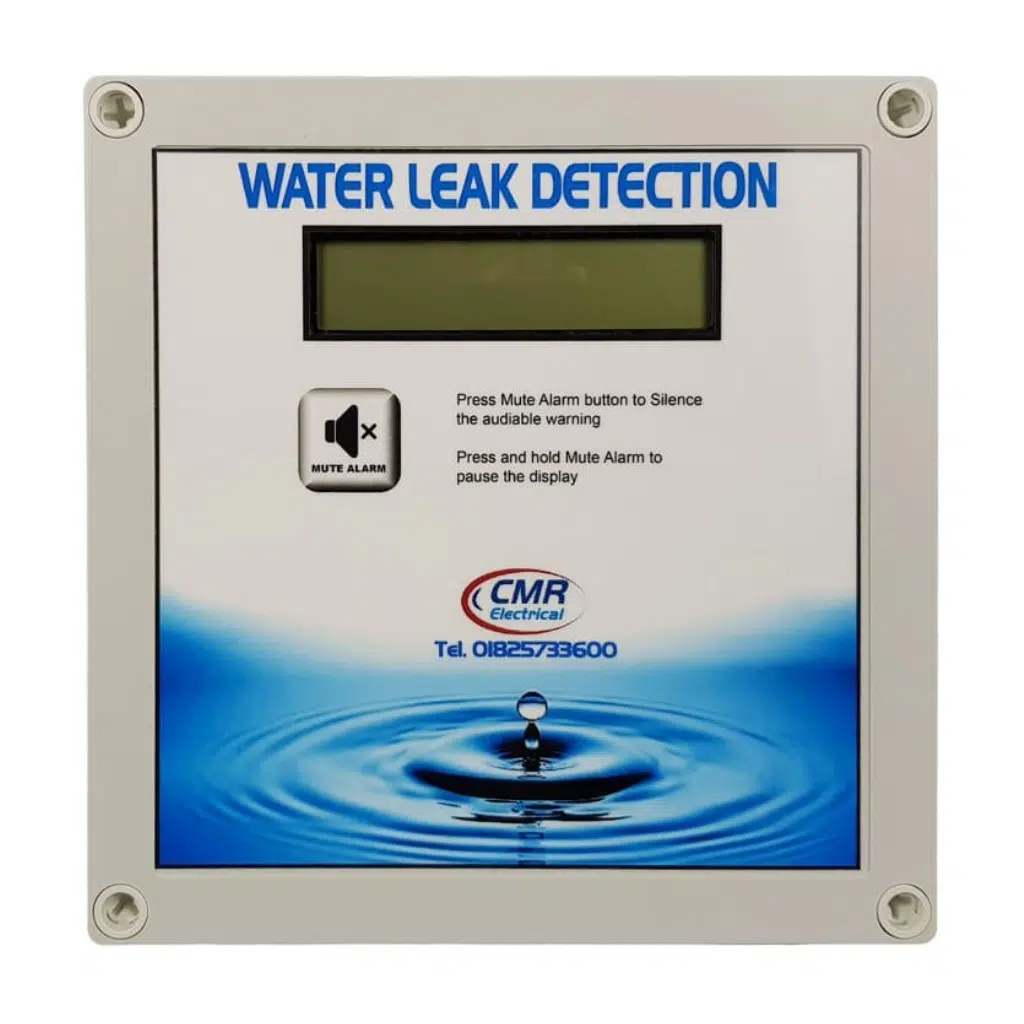Cutting-edge Solutions for Early Discovery of Water Leaks in Structures and Infrastructure
From advanced leakage discovery modern technologies to the implementation of IoT sensing units for real-time tracking, the landscape of leakage avoidance is evolving rapidly. Automated water circulation analysis systems are reshaping how leaks are identified and dealt with, paving the way for a positive technique to water leak discovery.
Advanced Leakage Discovery Technologies
Advanced leak detection innovations, geared up with cutting-edge sensors and formulas, play a critical function in promptly determining and determining water leakages in different setups. Electromagnetic sensing units can determine adjustments in electromagnetic fields created by water, supplying yet an additional layer of leakage detection capacity.

IoT Sensors for Real-Time Surveillance
In the realm of contemporary water leakage discovery, the integration of IoT sensors for real-time tracking stands for a pivotal development in improving aggressive leakage discovery abilities. These sensing units offer constant surveillance of water supply, providing real-time data on water flow prices, stress variants, and temperature level changes. By leveraging IoT innovation, these sensors can find also the tiniest anomalies in water usage patterns, enabling early identification of possible leakages prior to they rise right into significant concerns.
IoT sensing units send information to a centralized platform, where sophisticated formulas assess the details and create informs or alerts when abnormalities are found. This real-time tracking capability allows homeowner or facility managers to promptly resolve leaks, lessening water damage, reducing repair prices, and saving water resources.
Furthermore, IoT sensing units can be integrated with building monitoring systems, enabling automatic responses to discovered leaks, such as turning off water valves or turning on pumps to mitigate the influence of leaks. Overall, the execution of IoT sensors for real-time surveillance substantially enhances the effectiveness and effectiveness of water leakage detection in structures and facilities.
Machine Discovering Algorithms for Leak Forecast

One key benefit of making use of artificial intelligence for leakage prediction is its ability to constantly learn and improve its precision gradually. As more data is accumulated and fed into the formula, it can improve its predictions and adjust to transforming problems, ultimately boosting the reliability of leak detection systems.
Moreover, artificial intelligence algorithms can assist in identifying subtle signs of leaks that might go unnoticed by typical tracking approaches. water leak detection. By examining intricate data sets in real-time, these formulas can offer very early warnings and informs, allowing for punctual intervention and precautionary upkeep to alleviate possible water damage and connected prices
Utilizing Thermal Imaging for Leakage Discovery
Thermal imaging technology uses a promising technique for finding water leaks in numerous systems and infrastructures. By utilizing infrared radiation and temperature level variances, thermal imaging cams can recognize hidden investigate this site leaks that are not quickly noticeable to the nude eye. When water escapes from pipes or structures, it commonly changes the temperature level of the surrounding location, developing temperature level differentials that thermal cameras can catch. These temperature irregularities are then translated into visible images, highlighting the exact location of the leak.
One of the crucial benefits of thermal imaging for leak discovery is its non-intrusive nature. Generally, the use of thermal imaging modern technology boosts the effectiveness and accuracy of water leakage detection, making it a valuable device for preserving the integrity of buildings and infrastructures.
Automated Water Flow Evaluation Systems
How can computerized water flow evaluation systems reinvent the discovery and administration of leakages in various systems and frameworks? Automated water circulation analysis systems provide an aggressive technique to leakage detection by continually monitoring water flow rates and patterns. By developing standard data, these systems can swiftly recognize discrepancies that might indicate a leakage, making it possible for prompt treatment to avoid substantial damages.
These systems utilize sophisticated formulas to analyze real-time data and supply prompt alerts when anomalies are identified, permitting quick activity to be taken. Furthermore, computerized water flow analysis systems can be integrated with structure management systems or IoT platforms, boosting overall efficiency and making it possible for remote tracking abilities.
Moreover, the information gathered by these systems can be utilized for predictive maintenance functions, assisting to determine potential weak points in the infrastructure prior to leaks occur. Overall, the implementation of automatic water flow evaluation systems Get More Information can dramatically boost leak detection and monitoring methods, eventually bring about set you back financial savings, lowered water wastefulness, and raised sustainability in structures and infrastructure.

Final Thought
Finally, the integration of advanced leak discovery technologies, IoT sensors, device knowing algorithms, thermal imaging, and automatic water circulation analysis systems offers ingenious options for very early discovery of water leakages in structures and facilities. These innovations enable real-time surveillance, forecast of leakages, and effective detection approaches to stop water damages and wastefulness. Applying these options can aid in keeping the honesty and sustainability of water supply in various setups.
Comments on “Top Water Leak Detection Techniques to Safeguard Your Building from Water Damages”